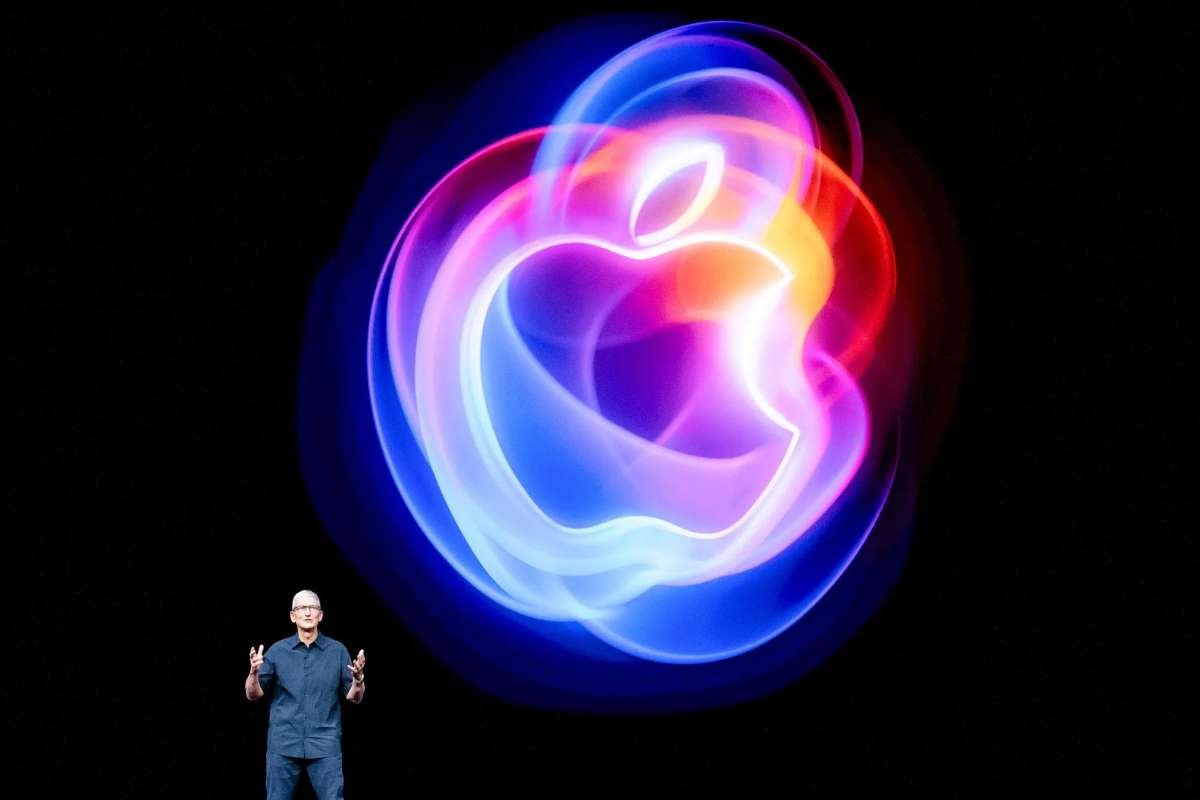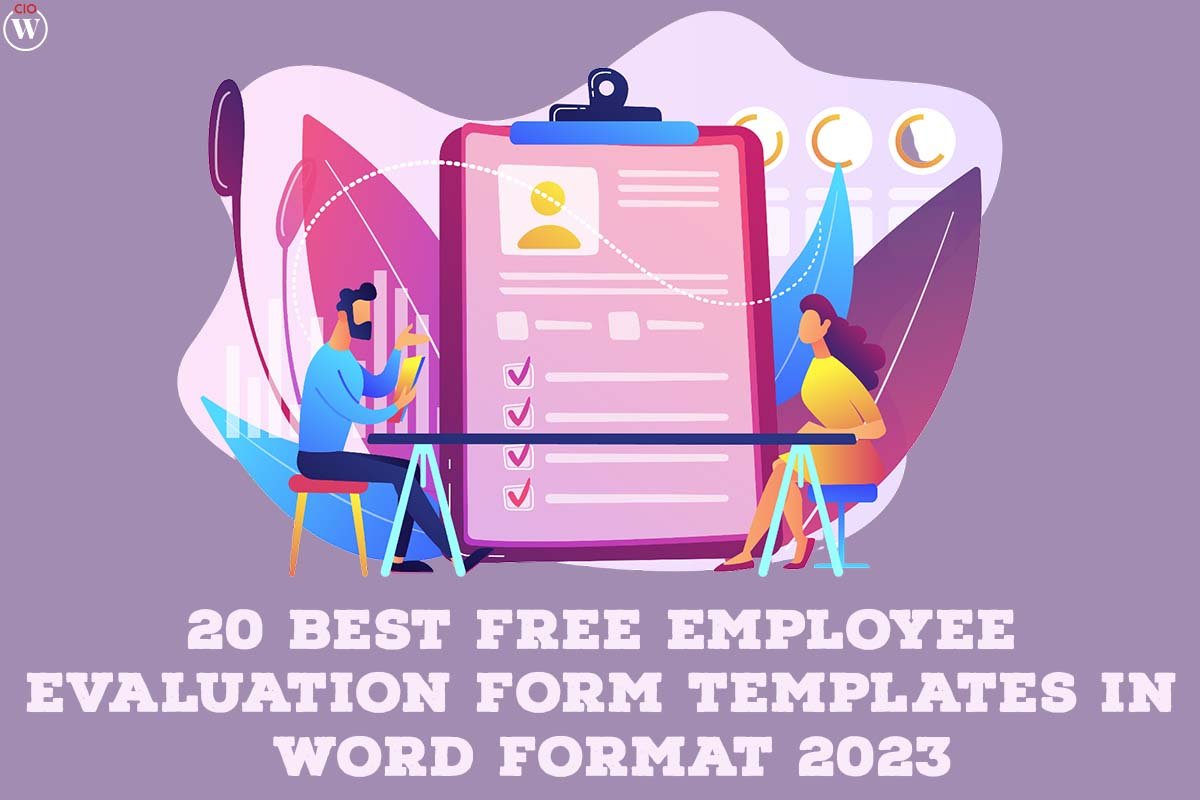A Conference Unlike Any Other
Apple’s Worldwide Developers Conference (WWDC) has traditionally been a software-focused event, primarily catering to developers and tech enthusiasts. However, this year, WWDC 2025 is shaping up to be one of the company’s most significant events in recent history, drawing global attention beyond the developer community. The key reason behind this heightened anticipation? Artificial Intelligence.
Apple has historically taken a cautious approach to AI, integrating machine learning and on-device intelligence in subtle ways, such as through Siri, computational photography, and the Neural Engine in its chips. However, while competitors like Google, Microsoft, and Samsung have aggressively advanced in AI, Apple has lagged behind in delivering generative AI features. Last year’s WWDC 2024 introduced “Apple Intelligence” as Apple’s answer to Google’s Gemini, Microsoft’s Copilot, and OpenAI’s ChatGPT.
Despite the big reveal, the rollout was slow, with limited functionalities compared to its rivals. Meanwhile, competitors have embedded AI more deeply into their ecosystems, pushing Apple to accelerate its efforts. WWDC 2025 presents a crucial opportunity for Apple to redefine its AI strategy and prove its leadership in this rapidly evolving space.
Expanding Beyond iOS Updates
Scheduled to kick off on June 9, WWDC 2025 is expected to feature the usual software updates, including iOS, iPadOS, macOS, watchOS, and tvOS. However, industry watchers anticipate that Apple will go beyond incremental improvements and instead showcase groundbreaking AI-driven enhancements.
A major challenge Apple faces is ensuring that Apple Intelligence delivers a seamless and deeply integrated experience across its devices. Siri, for instance, still lags behind AI-powered assistants like Google’s Gemini, which excels in natural conversations. Similarly, Apple’s AI-powered features, such as the Clean-Up tool for photos, have yet to match the sophistication of Google’s Magic Eraser or Samsung’s Galaxy AI tools. To regain competitive footing, Apple must unveil significant advancements in these areas.
Hardware advancements also play a crucial role in Apple’s AI ambitions. The latest A-series and M-series chips have been optimized for AI tasks, and the upcoming iPhone 17 series is expected to push these capabilities even further. At WWDC, Apple could introduce system-wide AI optimizations, improving device efficiency and functionality. Additionally, speculation suggests that macOS may receive major AI upgrades, making MacBooks smarter and more intuitive for professionals and creatives. Apple’s ecosystem, known for its seamless integration of hardware and software, could gain an edge if AI-powered experiences extend into services like Apple Music and Apple TV+.
The High Stakes for Apple
The stakes for Apple at WWDC 2025 are higher than ever. While the company has long been a leader in hardware and software innovation, AI presents a different kind of challenge. Consumers now expect AI-powered capabilities in their smartphones, computers, and applications. If Apple fails to deliver a compelling AI vision, it risks falling behind in an industry increasingly driven by artificial intelligence.
For years, WWDC was primarily an event for developers, but this time, the world will be watching closely. WWDC 2025 is Apple’s chance to redefine itself as a leader in AI, setting the stage for the future of its ecosystem and the technology industry as a whole.









